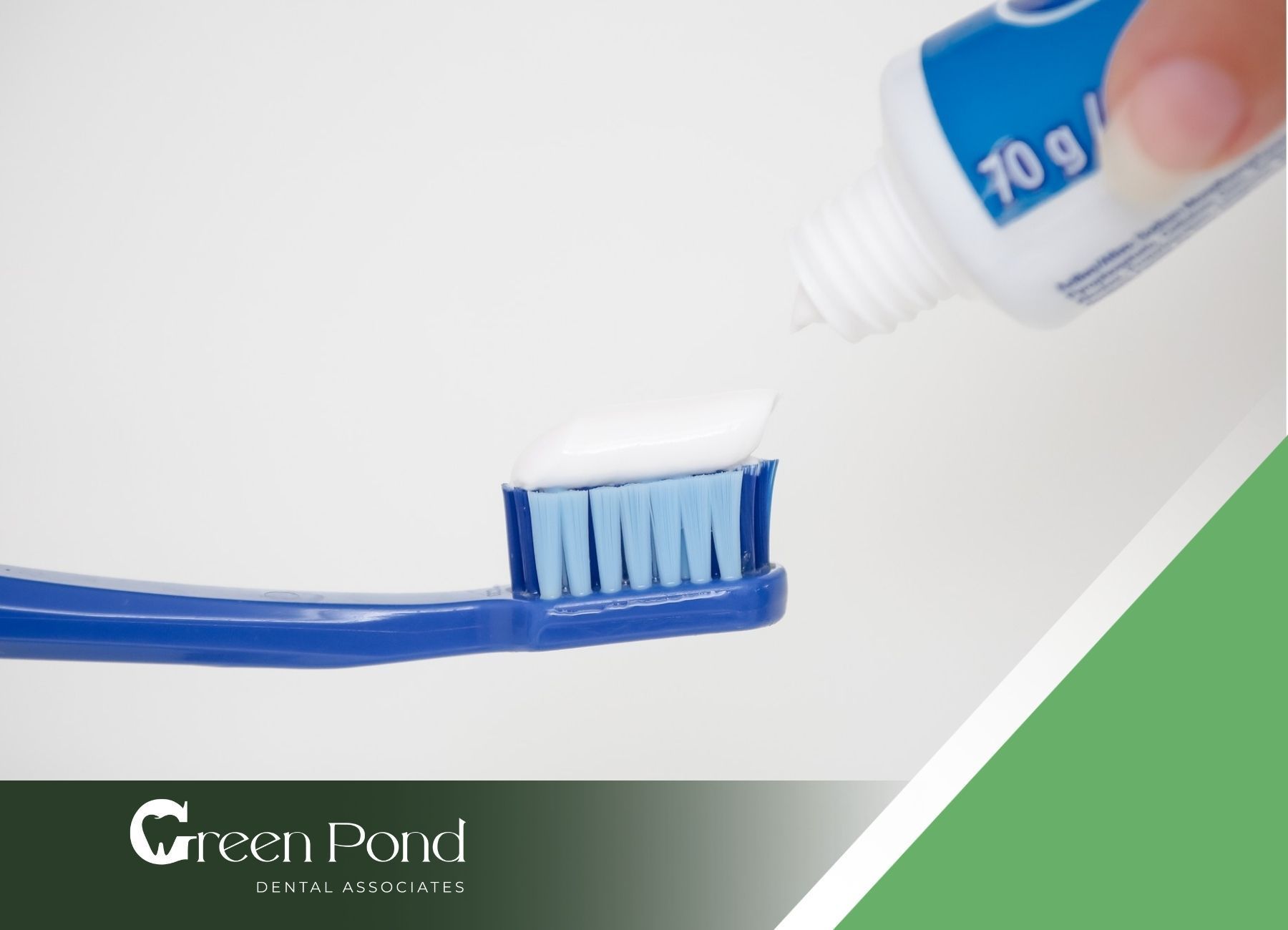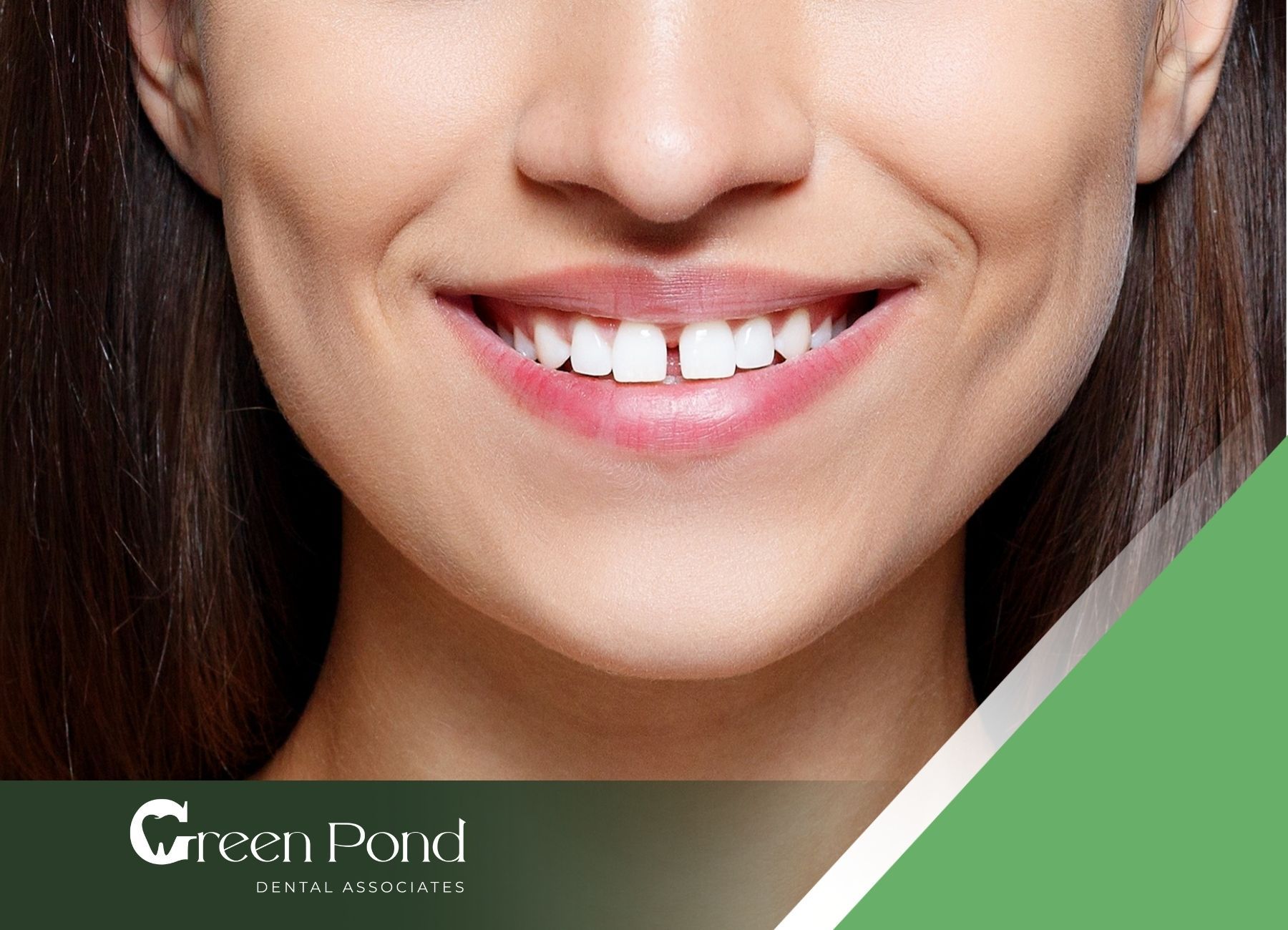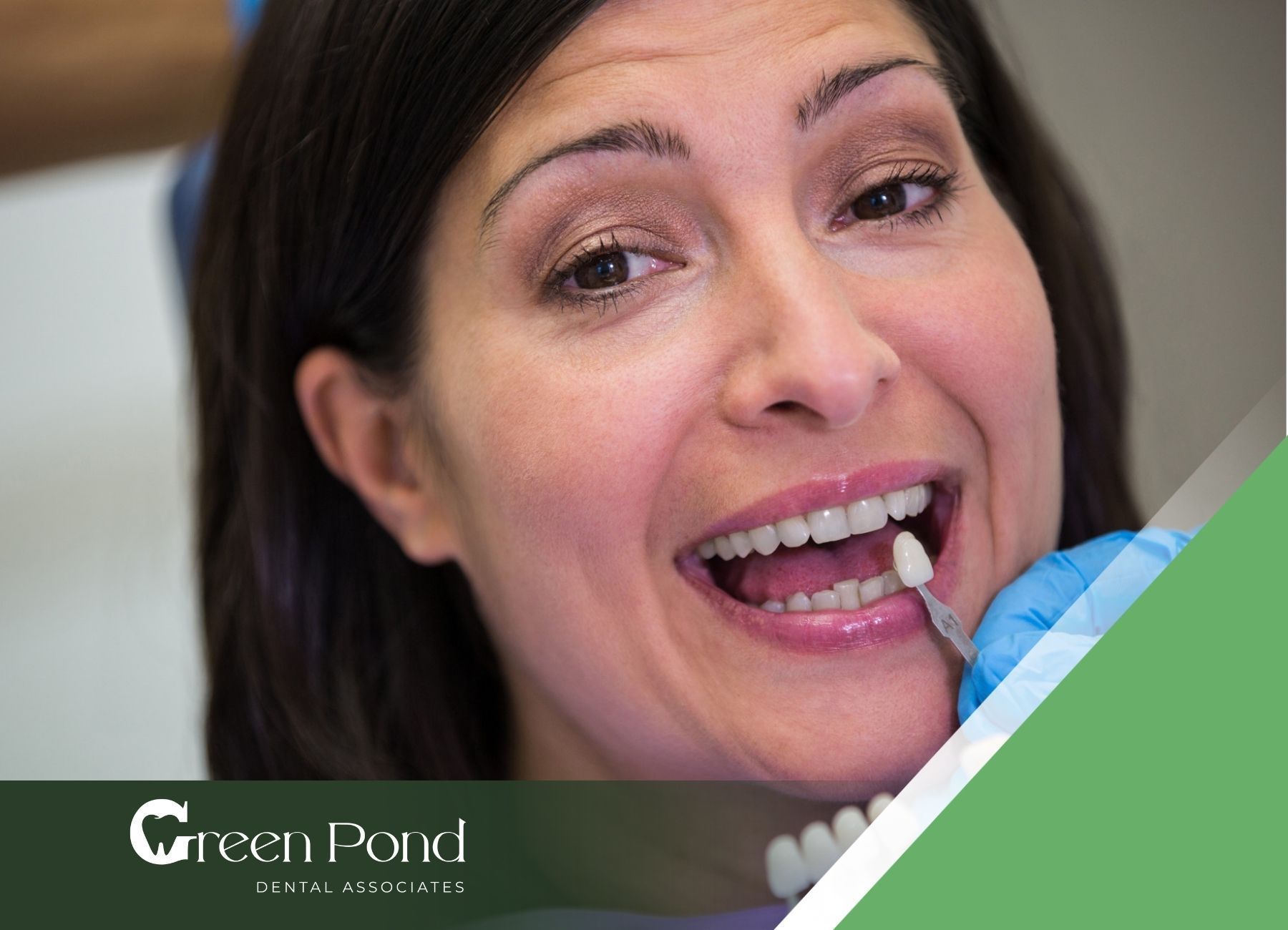Strengthen and Protect Your Tooth Enamel: Best Practices
Maintaining optimal oral health is fundamental to overall well-being, and a critical aspect of that is protecting tooth enamel. As the hardest substance in the human body, enamel serves as the primary defense against tooth decay and damage. It forms a resilient barrier that shields our teeth from the daily wear and tear of biting, chewing, and exposure to acids from food and drinks.
Understanding Tooth Enamel
Tooth enamel is the outermost layer of our teeth, acting as a shield for the more sensitive inner layers, dentin, and pulp. It is primarily composed of minerals, predominantly calcium and phosphate, arranged in a highly organized crystalline structure. This unique composition gives enamel its remarkable strength and resilience.
However, despite its fortitude, enamel is susceptible to erosion, a gradual process that weakens and thins the enamel layer. Understanding the composition and the factors that contribute to enamel erosion is paramount in safeguarding our smiles and maintaining long-term oral health.
The Essential Role of Enamel in Dental Health
Tooth enamel is the hardest substance found in the human body, surpassing even bone in its strength and resilience. This remarkable tissue forms the outermost layer of our teeth, providing a robust barrier against various external forces and chemical attacks. As the first line of defense for our teeth, enamel is essential for several crucial functions.
First and foremost, enamel protects the more sensitive inner layers of our teeth—dentin and pulp—from the constant wear and tear of chewing, biting, and grinding. Without this tough outer shell, these inner layers, which contain nerves and blood vessels, would be vulnerable to pain, sensitivity, and infection.
Furthermore, the smooth, impenetrable surface of enamel prevents bacteria from easily adhering to the teeth, reducing the risk of plaque buildup and subsequent tooth decay. Enamel also acts as a thermal insulator, protecting the sensitive inner tooth structures from extreme temperatures encountered during the consumption of hot or cold foods and beverages.
Causes of Enamel Erosion
Enamel erosion occurs when the protective layer of enamel on our teeth gradually wears away, exposing the more sensitive dentin underneath. It's a common dental problem that can lead to tooth sensitivity, discoloration, and an increased risk of cavities. Several factors can contribute to enamel erosion, ranging from dietary choices to certain medical conditions.
Dietary Factors Affecting Enamel Strength
Our diet plays a significant role in maintaining the health and integrity of our tooth enamel. While some foods and beverages help strengthen enamel, others can contribute to its erosion. Acidic foods and drinks, in particular, pose a significant threat to enamel integrity.
Harmful acids found in citrus fruits, sodas, sports drinks, and even some fruits and juices can gradually erode enamel if consumed frequently.
These acids temporarily soften the enamel, making it more susceptible to wear and tear. While our saliva naturally works to neutralize these acids, frequent consumption can disrupt this balance, leading to demineralization, a process where minerals like calcium and phosphorus are leached from the tooth's surface.
Limiting the consumption of acidic foods and beverages is crucial in preventing enamel erosion. Additionally, opting for foods rich in calcium, phosphorus, and vitamin D can aid in remineralizing and strengthening enamel, counteracting the effects of acidic substances.
Impact of Acidic Foods and Beverages
The frequent consumption of sodas and other acidic drinks is a leading cause of enamel erosion and tooth decay. Sodas are often laden with sugar and acids like citric acid and phosphoric acid, both detrimental to tooth enamel.
The sugar in soda provides fuel for harmful bacteria in our mouths, producing acids that attack enamel. Moreover, the acidic nature of these beverages directly contributes to demineralization. This process involves acids in the drinks dissolving the minerals that make up tooth enamel, weakening its structure and making it more susceptible to erosion.
To protect tooth enamel, it's essential to limit the intake of sodas and other sugary, acidic drinks. Opting for water, milk, or sugar-free alternatives is a far healthier choice. If you indulge in acidic drinks, using a straw can help minimize contact with teeth, and rinsing your mouth with water afterward can neutralize acids and promote saliva production.
Physical Wear and Tear: Bruxism and Its Effects
Bruxism, a condition characterized by teeth grinding or clenching, can significantly impact tooth enamel, leading to its erosion and other dental complications. Individuals who grind their teeth often do so unconsciously, most commonly during sleep, which can exacerbate the problem, as they are unaware of the habit and unable to control it consciously.
The constant grinding generates excessive force on the surface of your teeth, gradually wearing down the enamel. This wear and tear can lead to a flattening of the biting surfaces, making teeth more susceptible to chipping, cracking, and increased sensitivity. Additionally, bruxism can also strain the jaw muscles, potentially leading to temporomandibular joint disorder (TMD).
If you suspect you might be grinding your teeth, consult with your dentist. They can assess the extent of wear and tear and recommend appropriate solutions, such as a custom-fitted mouth guard worn during sleep. A mouth guard creates a protective barrier between the upper and lower teeth, absorbing the force of grinding and preventing further damage to the enamel.
The Role of Genetics in Enamel Durability
While lifestyle and dietary choices significantly influence enamel health, genetic factors also play a crucial role in determining the strength and durability of our teeth. Just as some individuals inherit a predisposition for certain diseases, genetics can influence enamel formation and susceptibility to dental problems.
Enamel hypoplasia is an example of a genetic disease affecting tooth development that results in thinner, weaker enamel. It is often hereditary, meaning it is passed down through families. Individuals with this condition inherit genes that disrupt the normal enamel formation process, leaving their teeth more vulnerable to decay and erosion.
Other genetic factors, such as tooth shape, size, and the alignment of teeth, can also affect enamel durability. For example, individuals with crowded or misaligned teeth may experience uneven wear and tear on enamel due to an improper bite.
Early Signs of Enamel Erosion
Early detection of enamel erosion is crucial for preventing further damage and preserving oral health. Familiarizing ourselves with the subtle signs can prompt us to seek timely dental intervention and make necessary lifestyle changes.
Sensitivity to Hot and Cold Foods
One of the most noticeable and often alarming signs of enamel loss is an increase in tooth sensitivity, particularly to extreme temperatures. This heightened sensitivity arises because enamel, the protective outer layer of our teeth, acts as a natural insulator, shielding the underlying dentin from external stimuli, including hot and cold temperatures.
Dentin, the layer beneath enamel, contains microscopic tubules that house nerve endings. When enamel erodes, these tubules become exposed, allowing hot, cold, or even acidic foods and beverages to reach the nerve endings directly, triggering a sharp, often painful sensation.
If you experience increased sensitivity to temperature changes, it's crucial to consult with your dentist. They can assess the extent of enamel loss and recommend appropriate measures to manage sensitivity and prevent further erosion. This might include using desensitizing toothpaste, limiting acidic foods and beverages, or in more severe cases, considering restorative dental procedures.
Visible Thinning and Transparency
Another noticeable sign of enamel erosion is a change in the appearance of your teeth, specifically visible thinning and increased translucency. Healthy enamel possesses a naturally smooth and slightly translucent appearance. However, as enamel wears down, this translucency becomes more pronounced, particularly along the edges of the teeth, giving them a thinner, almost see-through quality.
Enamel thinning can also lead to a change in tooth shape, with the edges of teeth appearing flatter or more rounded than usual. Additionally, the surface of the tooth may lose its natural luster, becoming duller or lacking its usual shine. This change in appearance occurs because the smooth, white enamel gradually wears away, revealing the yellowish dentin underneath.
If you notice your teeth appearing more translucent, particularly at the edges, or observe any changes in their shape or luster, it's essential to schedule a dental check-up. Early detection and treatment can help prevent further enamel erosion and preserve the aesthetics of your smile.
Discoloration and Staining
Discoloration and staining are common consequences of enamel erosion. While some staining is a natural part of aging or lifestyle choices like consuming coffee or tea, significant or rapid discoloration can indicate underlying enamel erosion. As enamel erodes, it exposes the dentin underneath, which is naturally more porous and susceptible to staining than enamel.
The dentin's porous nature allows stain-causing particles from foods, beverages, and tobacco products to penetrate more easily, leading to noticeable discoloration. Additionally, as enamel thins, it loses its ability to reflect light effectively, making teeth appear duller and more prone to showing stains.
Preventing discoloration related to enamel erosion involves a multi-faceted approach. Maintaining good oral hygiene through regular brushing and flossing helps remove surface stains. Limiting the consumption of stain-causing foods and drinks, such as coffee, tea, red wine, and berries, can minimize stain penetration.
Increased Incidence of Cavities
Enamel erosion plays a significant role in the development and progression of cavities, also known as dental caries. Cavities are areas of tooth decay that occur when bacteria in our mouth produce acids that attack the tooth's surface. Enamel, the protective outer layer, serves as the first line of defense against these harmful acids.
However, when enamel is compromised due to erosion, it weakens the tooth's natural defenses, making it easier for bacteria to penetrate the tooth's surface and initiate the decay process. As enamel erodes, it creates microscopic pits and grooves on the tooth's surface, providing ideal hiding spots for bacteria to thrive and multiply. These bacteria feed on sugar and carbohydrates in our diet, producing acids as a byproduct, further contributing to decay.
Therefore, preventing enamel erosion is crucial for maintaining a healthy oral environment and reducing the risk of developing cavities. By adopting a tooth-friendly diet, practicing good oral hygiene, and seeking regular dental care, we can significantly minimize our chances of experiencing cavity-related issues.
Preventative Measures for Enamel Protection
Preserving the integrity of our tooth enamel is paramount for maintaining a healthy and radiant smile. Given that enamel does not regenerate, adopting preventative measures is critical. Fortunately, several simple yet effective practices can safeguard tooth enamel and ensure its longevity.
The Importance of Proper Oral Hygiene
Maintaining good oral hygiene is paramount for preserving the integrity of tooth enamel and preventing a myriad of dental problems. Plaque, a sticky film laden with bacteria, constantly forms on our teeth, and if left unaddressed, can wreak havoc on our oral health. Plaque acids attack tooth enamel, leading to demineralization, the process of weakening enamel and increasing the risk of cavities.
Brushing our teeth at least twice a day with fluoride toothpaste is crucial to disrupt plaque formation and neutralize acids. Opting for a soft-bristled toothbrush helps prevent enamel abrasion while effectively removing plaque and debris. It's equally important to floss daily to remove plaque and food particles trapped between teeth, areas that a toothbrush may not reach effectively.
Incorporating an antimicrobial mouthwash into your oral hygiene routine can further reduce bacteria and freshen breath. By adopting these simple yet highly effective practices, we create a hostile environment for plaque and bacteria, safeguarding our enamel and ensuring a healthy smile.
Choosing the Right Toothbrush and Toothpaste
Selecting the right toothbrush and toothpaste is paramount in maintaining good oral hygiene and protecting tooth enamel. When it comes to toothbrushes, dentists generally recommend opting for soft-bristled brushes to minimize the risk of enamel abrasion while effectively removing plaque and debris.
Equally important is choosing a toothpaste containing fluoride, a mineral proven to strengthen enamel and make teeth more resistant to acid attacks. Fluoride works by replacing lost minerals in enamel and disrupting the metabolism of harmful bacteria, inhibiting their ability to produce acids that damage teeth.
The American Dental Association (ADA) recommends using a pea-sized amount of fluoride toothpaste and brushing for two minutes, twice a day. It's also essential to choose a toothpaste that carries the ADA Seal of Acceptance, signifying that it has met rigorous safety and efficacy standards.
The Significance of Regular Dental Check-Ups
Regular dental check-ups are the cornerstone of preventative oral care, playing a vital role in maintaining enamel health and overall oral well-being. Visiting your dentist every six months, or as recommended, allows for early detection and treatment of dental issues before they escalate into more serious problems.
During a routine check-up, your dentist thoroughly examines your teeth and gums, checking for signs of enamel erosion, cavities, gum disease, and other oral health issues. They remove plaque and tartar buildup through professional cleaning, ensuring that your teeth are free from harmful deposits that contribute to enamel erosion.
Moreover, dentists offer personalized oral care advice, recommending appropriate oral hygiene practices, dietary modifications, and preventative treatments tailored to your specific needs. By adhering to regular dental check-ups, you empower yourself to take proactive control of your oral care, preserving the integrity of your enamel and ensuring a lifetime of healthy smiles.
Fluoride Treatments and Their Benefits
Fluoride is a mineral that plays a crucial role in strengthening tooth enamel and preventing tooth decay. Fluoride ions, when incorporated into the enamel matrix, make teeth more resistant to acid attacks from plaque bacteria and sugary foods.
Fluoride treatments, offered by dentists, are a safe and effective way to provide an extra layer of protection to your enamel, particularly if you are prone to cavities or have a history of enamel erosion. These treatments typically involve applying a high-concentration fluoride gel or varnish to the teeth for a short period, allowing for greater fluoride uptake by the enamel.
Here are some key benefits of fluoride treatments:
- Strengthens Enamel: Fluoride makes tooth enamel more resistant to acid attacks from plaque bacteria and sugars, preventing demineralization.
- Reverses Early Decay: In its early stages, fluoride can help reverse tooth decay by promoting remineralization of weakened enamel.
- Prolongs the Life of Dental Fillings: Fluoride can help strengthen the areas around dental fillings, prolonging their lifespan and preventing recurrent decay.
Professional Dental Treatments for Enamel Restoration
While preventing enamel erosion is ideal, professional dental treatments offer effective solutions for restoring damaged enamel and improving oral health. Dentists can address various degrees of enamel erosion using advanced techniques and materials, restoring both function and aesthetics to your smile.
Bonding Procedures for Cosmetic Improvement
Dental bonding is a versatile and minimally invasive cosmetic procedure used to address minor imperfections in teeth, including enamel erosion, chipped or cracked teeth, and tooth discoloration. This procedure involves applying a tooth-colored resin material to the affected tooth, sculpting, and shaping it to match the surrounding teeth.
The resin material used in bonding procedures is carefully selected to match the natural color of your teeth, ensuring a seamless and aesthetically pleasing result. It effectively conceals imperfections, restoring both the appearance and function of damaged teeth.
Furthermore, dental bonding can help protect exposed dentin, a common consequence of enamel erosion, from further damage and sensitivity. The bonded resin acts as a protective barrier, shielding the dentin from temperature fluctuations, acidic foods and beverages, and external stimuli, restoring comfort and confidence in your smile.
Crowns and Veneers for Severely Damaged Enamel
For more severe cases of enamel erosion, where a significant portion of the enamel has been worn away, crowns or veneers offer durable and aesthetically pleasing solutions to restore tooth structure, function, and appearance. Dental crowns are custom-made caps designed to completely cover the visible portion of a tooth, effectively replacing severely damaged enamel while providing structural support and protection.
Veneers, on the other hand, are thin, custom-made shells typically crafted from porcelain or composite resin that bond to the front surface of teeth. They are primarily used for cosmetic purposes, effectively masking discoloration, chips, cracks, and minor misalignments, but they can also offer protection for teeth with moderate enamel erosion.
Both crowns and veneers are long-lasting restorations that can significantly enhance the appearance and function of teeth affected by enamel erosion. The choice between a crown and a veneer depends on the extent of enamel loss, the location of the affected tooth, and aesthetic goals.
Conclusion
Maintaining strong tooth enamel is vital for overall oral health. Understanding how medications can impact enamel health is crucial. Certain medications, such as antihistamines or aspirin, can weaken enamel, leading to susceptibility to tooth decay.
Protecting enamel while on medication involves diligent oral care – regular brushing, flossing, and dental check-ups. Enamel erosion not only affects oral health but can serve as an indicator of underlying health issues, like gastrointestinal problems or systemic diseases.
At Green Pond Dental, we're here to help you protect your teeth and prevent enamel erosion with expert care and personalized advice. Whether you're concerned about sensitivity, discoloration, or just want to maintain your dental health, our team is ready to support you every step of the way. Let's work together to keep your smile strong—schedule your appointment with us!
Frequently Asked Questions
What is tooth enamel, and why is it important?
Tooth enamel is the hard, outer layer of your teeth that protects the more sensitive inner layers from damage and decay. It plays a crucial role in maintaining your overall oral health.
What causes tooth enamel to erode?
Tooth enamel erosion can be caused by acidic foods and drinks, poor oral hygiene, teeth grinding (bruxism), and certain medical conditions. It can lead to tooth sensitivity and an increased risk of cavities.
How can I strengthen my tooth enamel?
To strengthen tooth enamel, maintain a diet rich in calcium and phosphate, practice good oral hygiene, use fluoride toothpaste, and avoid acidic foods and beverages.
Contact us today
Green Pond Dental - Contact
We will get back to you as soon as possible.
Please try again later.

Green Pond Dental Associates invites you to experience dentistry at its finest. Dr. Bracha Lubart and her skilled team provide unmatched care by using the latest technological advancements and treatment techniques.
* Disclaimer: results are not guaranteed, may not be permanent, and can vary per individual. Some images are of models, not actual patients.
Contact Us
Green Pond Dental. All rights reserved.
Website by Creative Web Services









